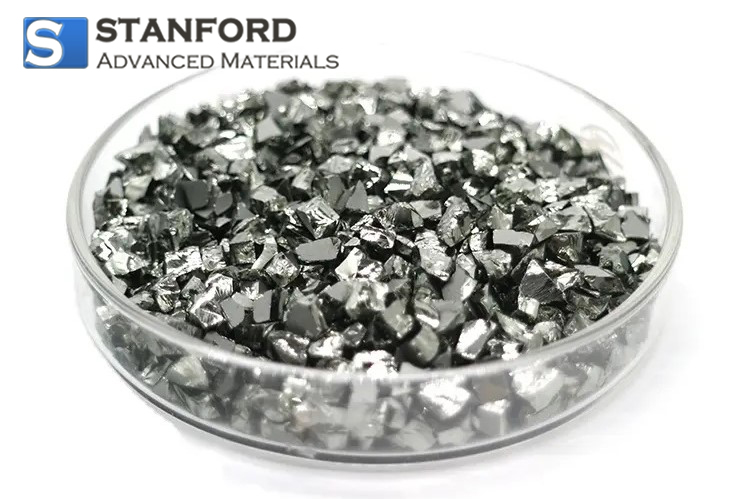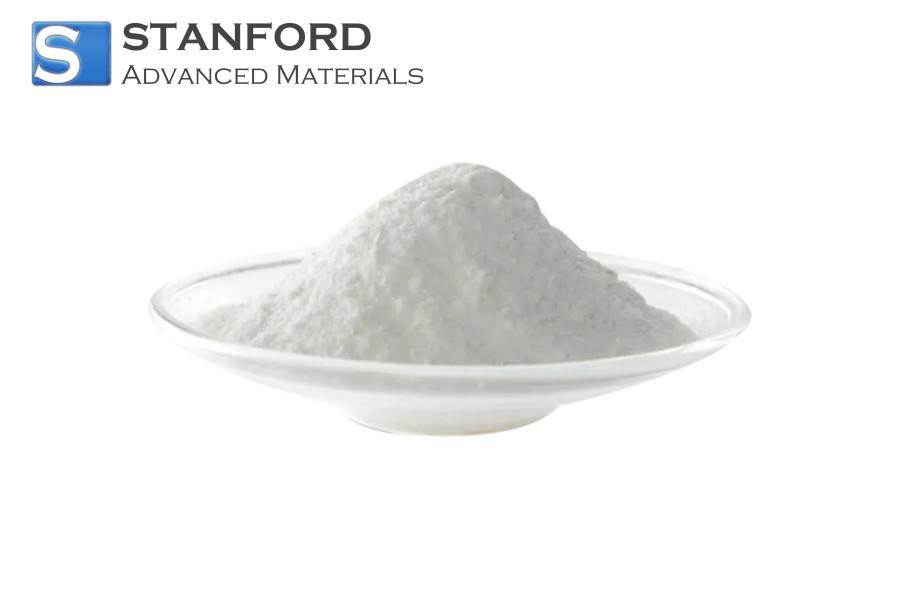Germanium: Element Properties And Uses
Description
Germanium is a chemical element with the symbol Ge and atomic number 32. It is a metalloid that exhibits properties of both metals and non-metals, and it is frequently used in various high-technology applications.
Introduction to the Element
Germanium is a chemical element in the periodic table that belongs to the metalloids. It occurs in trace amounts in the Earth’s crust and plays a critical role in several industrial and technological processes. Its high melting point and effective semiconductor properties result in its use in electronics, optics and various industrial sectors.
Description of the Chemical Properties
Germanium exhibits several chemical properties that determine its interactions with other elements:
- Oxidation States: The common oxidation states of germanium are +2 and +4. It forms compounds in both oxidation states, with the +4 state being more stable.
- Reactivity: Germanium is less reactive than other metalloids such as silicon; however, it can react with halogens, oxygen and sulphur, thereby forming germanium halides, oxides and sulphides.
- Compound Formation: It forms compounds such as germanium dioxide (GeO2) and germanium tetrachloride (GeCl4), which serve as important intermediates in industrial applications.
Germanium compounds are used extensively in the semiconductor industry due to their stable and predictable behaviour.
Physical Properties
Germanium has the following important physical properties:
- Appearance: Germanium is a lustrous, silvery-grey metal that resembles tin in appearance.
- Density: Germanium has a density of 5 323 g/cm³.
- Melting Point: It has a high melting point of about 937.4°C.
- Boiling Point: Germanium boils at 2 827°C.
- Electrical Conductivity: Germanium is a semiconductor with a band gap of 0.66 eV at room temperature.
- Hardness: With a Mohs hardness of 6, it is relatively brittle compared with metals.
- Further information can be found at Stanford Advanced Materials (SAM).
Common Uses
Germanium is used in various industries owing to its unique properties:
- Semiconductors: Germanium is an important component in the manufacture of transistors and diodes, which are essential in electronics.
- Optics: Due to its transparency to infrared radiation, germanium is used in infrared lenses and optical fibres.
- Solar Cells: Germanium is used in high-efficiency solar cells, particularly in space applications.
- Alloys: It is used as an alloying element in the production of certain steels to improve hardness and corrosion resistance.
Manufacturing Methods
Germanium is generally extracted from ores such as argyrodite (a germanium sulphide mineral) and refined using the following methods:
- Reduction of Germanium Oxide: The principal method for producing germanium is by the reduction of germanium dioxide (GeO2) with hydrogen at high temperatures.
- Hydrometallurgical Methods: In these methods, germanium compounds are dissolved in acid and pure germanium is precipitated from the solution.
Related Industrial Products
Several industrial products rely on germanium or its compounds to enhance their performance:
- Semiconductor Devices: Germanium-based transistors, diodes and rectifiers are used in high-frequency electronics.
- Fibre Optics: Fibres doped with germanium improve the transmission of infrared light in optical communication.
- Infrared Optics: Lenses, prisms and windows made from germanium are utilised in infrared detection systems.
Frequently Asked Questions
What is germanium used for in electronics?
Germanium is primarily used in the manufacture of semiconductors such as diodes, transistors and other electronic components.
Is germanium toxic?
Germanium is generally considered to be non-toxic, although its compounds can be harmful if ingested or inhaled in large quantities.
How is germanium extracted?
Germanium is extracted by the reduction of germanium dioxide (GeO2) or through hydrometallurgical methods from certain germanium-containing ores.
Why is germanium important for infrared optics?
Germanium exhibits a high degree of transmission for infrared light and is therefore suitable for use in infrared lenses, windows and prisms.
Can germanium be used in solar cells?
Yes, germanium is used in high-efficiency solar cells, particularly in space applications, as it performs reliably under extreme conditions.

 Bars
Bars
 Beads & Spheres
Beads & Spheres
 Bolts & Nuts
Bolts & Nuts
 Crucibles
Crucibles
 Discs
Discs
 Fibers & Fabrics
Fibers & Fabrics
 Films
Films
 Flake
Flake
 Foams
Foams
 Foil
Foil
 Granules
Granules
 Honeycombs
Honeycombs
 Ink
Ink
 Laminate
Laminate
 Lumps
Lumps
 Meshes
Meshes
 Metallised Film
Metallised Film
 Plate
Plate
 Powders
Powders
 Rod
Rod
 Sheets
Sheets
 Single Crystals
Single Crystals
 Sputtering Target
Sputtering Target
 Tubes
Tubes
 Washer
Washer
 Wires
Wires
 Converters & Calculators
Converters & Calculators
 Write for Us
Write for Us




 Chin Trento
Chin Trento



